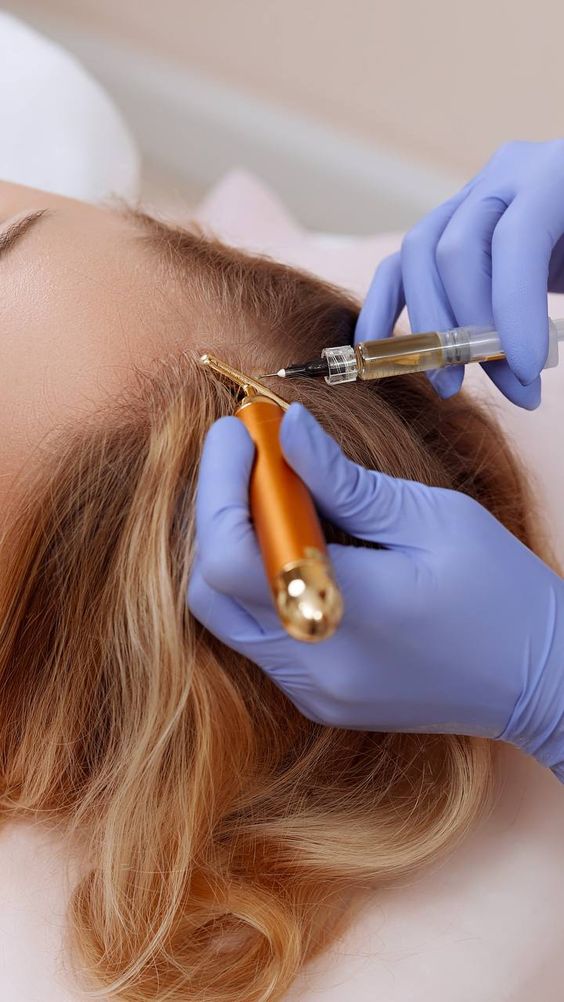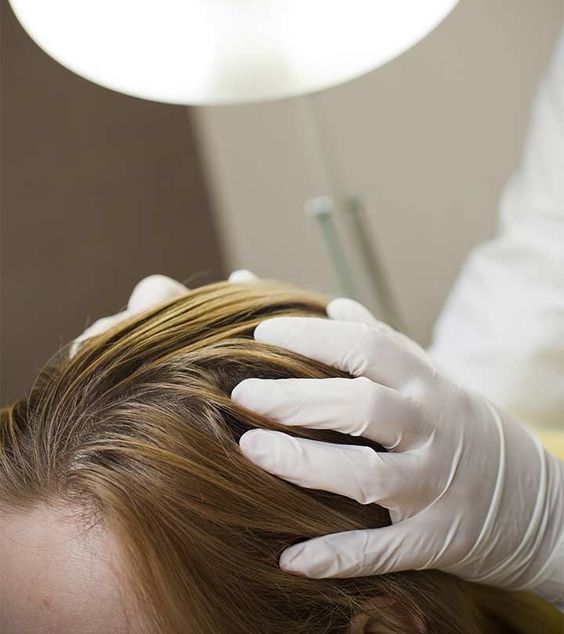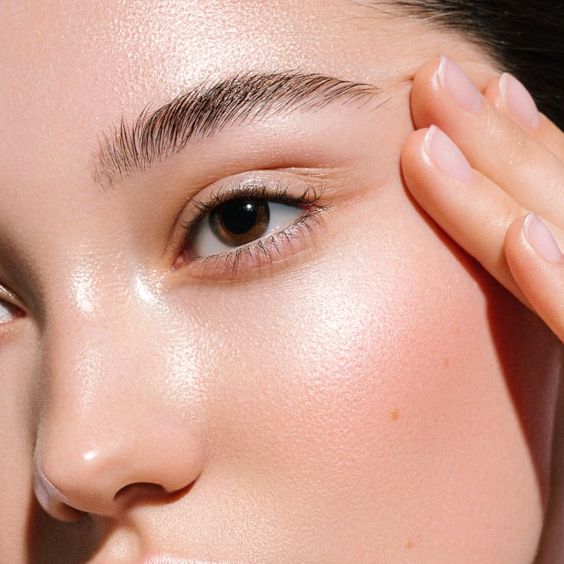Trichology
Trichology is the science of hair and the scalp, which studies the structure and physiology of hair, and develops theoretical and practical methods for treating hair and scalp conditions.
Reasons to see a trichologist:
Increased hair loss
Loss of hair volume
Dandruff and itching of the scalp
Principles of treating hair volume loss:
Correction of the general health condition affecting the hair follicles and the processes occurring in them. This includes therapy from specialized doctors for diagnosed conditions (for example, hormonal imbalance correction), as well as topical application of medications and/or trichological cosmeceuticals to eliminate or reduce the impact of the underlying factors of hair loss. These products are selected by the doctor individually and used by the patient for long-term home care.
Hair growth stimulators
Injection methods are currently the main possible way to restore lost hair volume in a relatively short period of time. These include PRP therapy, mesotherapy, and ozone therapy. These procedures are course-based, each with its own frequency and time intervals.
The essence of the injections is to activate the body’s own stem cells in the so-called “balge” zone of the hair. This is the area of skin around the hair follicle where the stem cells that are present from birth are located. Each time a hair falls out, these stem cells migrate to the germinal zone of the hair follicle, initiating the growth of a new hair shaft. This is how hair replacement occurs. These stem cells from the balge zone are also used by our body to restore the skin’s integrity in cases of injuries, burns, and cuts. The quantitative potential of the balge zone is very high and is meant to last a lifetime.
What do injections do? They create a microenvironment for more active stem cell activity. The “awakened” cells actively migrate to the germinal zone, and as a result of rapid hair growth, the number of individual hair units decreases. Hair becomes thicker because the physiological number of hairs per hair unit (or follicular unit) is restored. Normally, between 2 and 5 thick hairs should grow from a single hair follicle, depending on race and age, but this is not the case in alopecia. “Sleeping” hair units are also activated, increasing the density of hair units per square centimeter.


